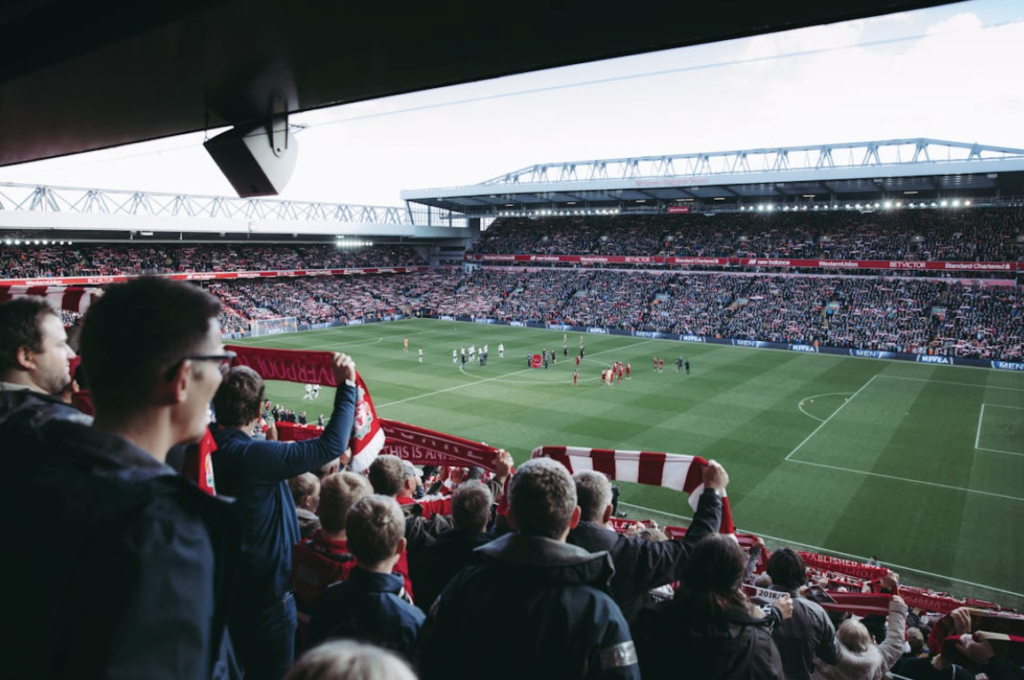When a football club fires its manager in the middle of a season, it sends ripples through betting markets. But does a new manager actually improve results? Let’s look at the psychology behind the “new manager bounce” and its real influence to help you make smarter betting decisions.

Why Teams Perform Differently Under New Management
Research spanning the last decade of Europe’s top five leagues shows that teams typically see a short-term boost in performance after changing managers. Although this improvement often proves temporary, it can be significant for bettors. If you want to bet on a team that had a mid-season change, it’s important to monitor its performance closely and not leave your bets to chance, like one would in plinko live or other casino games.
Several factors explain the initial performance boost:
- Players fight harder to impress the new boss and secure their spots.
- Fresh tactical approaches catch opponents off guard.
- The previous manager’s departure often releases built-up tension,
- Media pressure temporarily decreases as the new manager gets a “honeymoon period”.
- Squad members previously out of favor get fresh opportunities.
- Training intensity often increases significantly.
But psychological factors can also work against the team:
- Players might struggle to adapt to new training methods.
- Tactical changes can create confusion and mistakes.
- Staff reshuffles can disrupt established routines.
- The initial adrenaline boost wears off.
- Established player hierarchies get disrupted.
- Communication issues can arise with foreign managers.
The Role of Timing
The point in the season when a change occurs significantly impacts its effectiveness. Statistics show:
- Changes made between games 12-20 have the highest success rate.
- December appointments often struggle due to the busy fixture schedule.
- Changes in the final quarter of the season rarely produce lasting improvements.
- Early-season changes (before game 10) show mixed results but better long-term stability.

Smart Betting Strategies During Managerial Changes
1. Target the First Three Games
The strongest statistical edge comes in the first three matches under new management. Teams score an average of 0.4 more goals per game during this period. Consider “goals scored” markets or backing the team on Asian handicaps.
2. Watch for Specific Scenarios
Teams tend to show bigger improvements when:
- The new manager has previously worked in that league.
- The change happens with at least 15 games remaining.
- The club sits in the bottom half of the table.
- The new appointment brings a distinct tactical shift.
- The incoming manager has a clear track record of quick impacts.
- Local players dominate the squad composition.
3. Consider the Schedule
A tough run of fixtures can mask any new manager’s impact. Check the strength of upcoming opponents before betting on improved performance. Look particularly at:
- Home vs. away game ratio
- Quality of opposition
- Physical demands of the schedule
- Travel requirements
- Cup competition involvement.
Red Flags to Watch
Be cautious of betting on improvement when:
- The new manager arrives without speaking the local language
- Multiple key players are injured
- The club has internal conflicts beyond the manager
- The replacement has no experience at this competition level
- Financial problems limit transfer options
- The squad lacks depth in key positions.
Statistical Patterns to Track
Keep an eye on these metrics in the first month:
- Shot conversion rates often improve immediately.
- Set-piece effectiveness usually changes quickly.
- Defensive organization typically takes longer to perfect.
- Playing style changes become more apparent after 4-5 games.
- Substitution patterns shift dramatically.
Value in Alternative Markets
Consider these often-overlooked betting opportunities:
- Team total cards (new managers often change pressing intensity)
- First-half goals (teams frequently start games differently)
- Player shot markets (tactical shifts affect shooting positions)
- Corner totals (style changes impact set-piece frequency).
Final Thoughts
Mid-season managerial changes create betting opportunities, but success depends on timing and context. Focus on short-term markets immediately after the switch, and always consider the broader circumstances before placing bets. The “new manager bounce” is real — but knowing when it’s likely to occur makes all the difference.
Lastly, successful betting requires patience and careful analysis. While managerial changes often trigger emotional responses in betting markets, maintaining a data-driven approach will serve you better in the long run. Track your bets during these periods separately to build your own database of profitable patterns.




